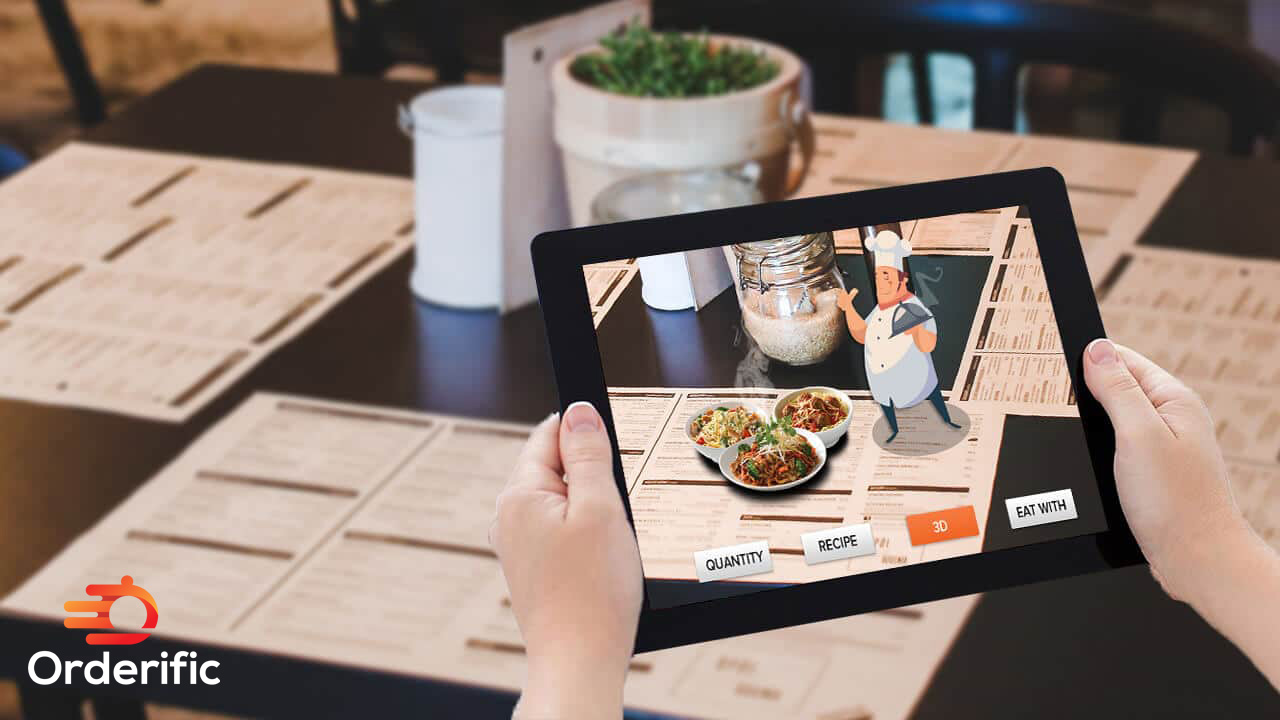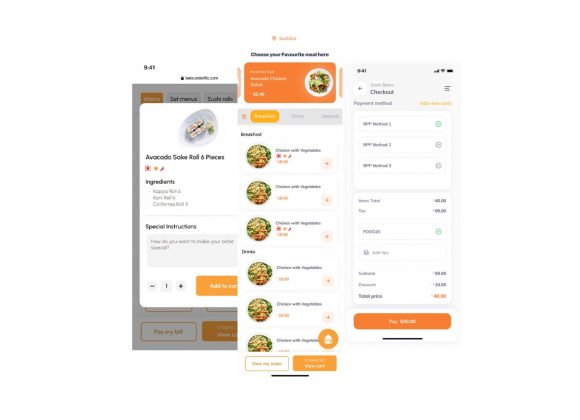
As one of the oldest, Chinese cuisine has influenced the world with its yummy foods. The swift growth of Chinese restaurants testifies to the increasing demand for Chinese food. The Chinese takeout market is anticipated to reach $107.8 billion from $62.7 billion at a CAGR of 7.2% by 2032.
People tend to believe things about Chinese food that are misconceptions. The knowledge of Chinese cooking techniques is restrained to only a few basics leading to a misperception about Chinese cuisine.
Here, we’ve compiled a list of eight myths about Chinese food that have been debunked.
1. It Leaves You Hungry.
There is a myth that Chinese food always leaves you hungry. “This myth is based solely on the historical fact that the Chinese used to cook small portions, as compared to many Western cultures,” said Jacob K. Santillo, a lifestyle blogger.
Chinese food used to lack nutrition and wasn’t a good portion size. But nowadays, the portion sizes have grown and are rich in both protein and fiber, which leaves people full instead of feeling hungry.
The best Chinese dishes you must try are chow mein, hot pot, dumplings, kung pao chicken, ma po tofu, peking duck, scallion pancakes, fried rice, and spring rolls.
2. Frequent Use of Dog and Cat Meat in Chinese Cuisine.
Chinese restaurants may feature frog, rabbit, or duck meat-based food items. While in some parts of China, you might also find a dog or cat meat-based food item on the menu. However, with the active protests against these dishes, it might soon be a thing of the past.
With the rising protest by animal rights groups, there is a decline in the usage of dog and cat meat-based dishes in Chinese food preparation.
3. Soy Sauce Always Contains Soy.
In America, “soy sauce” packets usually don’t contain soy. The sauce includes a mixture of syrup and food coloring, which gives the sauce color. However, you can find authentic soy sauce in China and Japan, where the sauce is brewed from soybeans.
Although soy sauce is a popular seasoning in Chinese cuisine, some regional Chinese cuisine also embraces vinegar, cooking wine, chili sauces, and soybean paste.
4. Fortune Cookies are Chinese.
“Fortune cookies did not come from China,” said Samuel Rose, a food blogger. Japanese immigrants first made the cookies in the U.S. before World War I.
Fortune cookies are the Americans’ favorite Chinese dessert, inspired by a Japanese pastry. People in the U.S. are crazy about fortune cookies.
When the fortune cookies became famous, many Chinese restaurants started replicating the recipe and selling it to the market.
Chinese cookies look and taste different than American fortune cookies, but these also had fortunes scribed onto a piece of paper. Wonton Food is the biggest manufacturer of fortune cookies making 4 million fortune cookies a day.
5. Chinese Food is always Spicy.
Many people believe that spices are predominant in Chinese food preparations. However, among eight regional cuisines, the most internationally popular Chinese cuisine isn’t spicy. Chinese food can be sweet, vinegary, spicy, or a combination of any of them.
Many Chinese delicacies offer various flavors and spices, but several Chinese dishes are non-spicy, like egg fried rice or Peking duck.
Regional Chinese cuisines that feature moderate use of spices include Cantonese, Fujian, Anhui, Jiangsu, Shandong, and Zhejiang. In particular, Hunan and Sichuan foods are known for the burning sensation of chili pepper.
6. Monosodium Glutamate (MSG) in Chinese Food is Bad for Health.
The use of MSG (monosodium glutamate) in Chinese food is misinterpreted as an essential ingredient for preparing Chinese dishes. However, you can prepare most Chinese food items without including MSG.
MSG is an additive used to enhance the umami flavor of food. It has been considered a reason for different ailments, including headaches, numbness, and heart palpitations, which affect people consuming food seasoned with MSG.
The U.S. Food and Drug Administration conducted an independent inquiry and found no evidence linking MSG with poor health effects. So the organization classified MSG as safe to be used in food.
7. Chinese Food is Stir-Fried.
There is a misconception that Chinese dishes use generous amounts of oil. The cuisine includes several meals prepared through stir-fries, steaming, boiling, roasting, and baking.
You can cook Chinese food differently to bring distinct flavors. Tough meats are cooked in a clay pot over a low flame for hours. Hotpots are boiling soups into which vegetables, noodles, and meat pieces are cooked before consumption.
8. Broccoli is a part of Traditional Chinese Cooking.
There is a rapid transition in flavors and cooking styles with every topographical change in China. In the U.S., Chinese cuisine has been adapted to suit American tastes. Some ingredients are introduced into Chinese American cuisine that doesn’t belong to China.
Many dishes served at Chinese restaurants in the U.S. have evolved from traditional recipes. While broccoli is a healthy addition to several Chinese dishes, it is not a part of traditional Chinese cuisine.
Broccoli comes from the Mediterranean, and the Chinese grow another type of broccoli called kai-lan, gai-lan, or Chinese kale.
How Orderific can help restaurants
Orderific leverages the best technologies to enhance your customers’ experience at every level. It is an easy-to-use free web-based service that does not require heavy software downloads.
Orderific can increase your chance of success and profitability by offering:
- Digital menus for tableside ordering
- Integrating payments with loyalty programs
- Efficient POS systems for inventory management
- A free website builder for marketing and promotions
- Menu customization for better offerings
- Accurate insights and reports to make informed decisions
Customers can use Orderific to:
- Get fast service and delivery
- Customize their orders
- Access QR code menus
- Avoid waiting for their order
- Order and pay online
- Get coupons and discounts while exploring the digital menu
- Sign up for loyalty programs
You can connect with our team to discuss the benefits in detail.
Conclusion
Many myths surrounding Chinese cuisine have become accepted as fact, but you can debunk them easily after visiting an authentic Chinese restaurant.
Now that you’re aware of the myths about Chinese food, you should stop believing them. So go ahead and enjoy your favorite Chinese foods without any fear!
Visit Orderific website for more information like this!
FAQs
What are the 8 traditions of Chinese cuisine?
The “Eight Great Traditions” of Chinese cuisine are regional culinary styles, which include Sichuan, Shandong, Guangdong, Fujian, Jiangsu, Zhejiang, Anhui, and Hunan.
What were 3 foods the ancient Chinese ate?
Ancient Chinese diets included staples like rice, millet, and wheat, along with vegetables, fish, and soy-based products.
Did you know Chinese food facts?
Chinese food facts vary widely across the country’s diverse regions, but they often feature a balance of flavors, use of fresh ingredients, and an emphasis on harmony and balance in meals.
What are the four great traditions of Chinese cuisine?
The “Four Great Traditions” of Chinese cuisine often refer to Shandong, Sichuan, Guangdong, and Jiangsu cuisines, which are celebrated for their regional diversity and distinct cooking styles.












